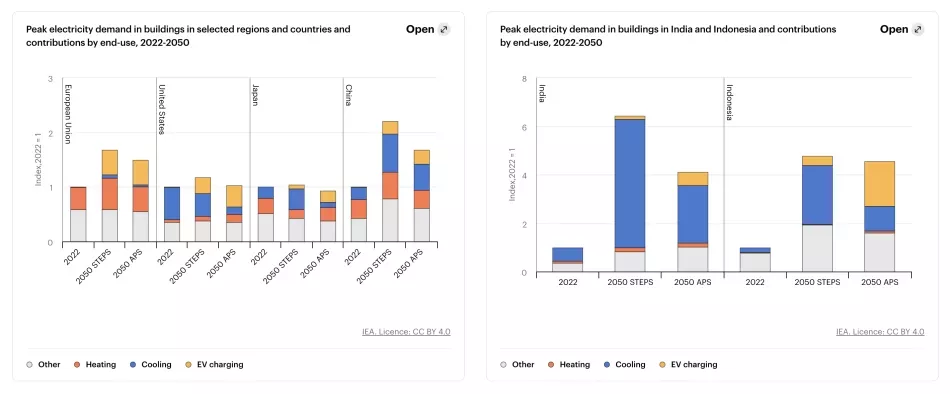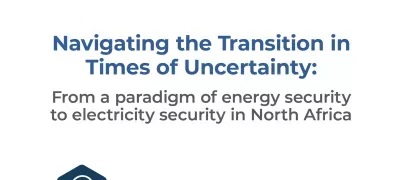As part of the Digital Demand Driven Electricity Networks (3DEN) initiative, this report provides guidance for energy policy makers on possible ways to enable and drive investments in smart and resilient electricity grids. It also gives suggestions on how to start creating an environment that supports the effective use of innovative digital technologies within the electricity sector. It draws on examples and case studies to show the wide range of digital opportunities and solutions that can help governments implement efficient and smart power systems.
The clean energy transition requires a fundamental transformation of power systems, including much higher levels of digitalisation at scale across all grid domains, from generation to transmission and distribution to end-use. Strong policy attention is required to scale up investments in smarter and more resilient grids in emerging and developing economies where electricity consumption is set to grow at a rapid rate while also providing greater levels of electricity access. Investments in smarter and more resilient grids will be necessary to accommodate the greater deployment of renewable energy and enhance energy security.
Digital technologies designed for power systems are instrumental to unlock essential system services required to integrate high shares of variable renewable energy. They can also provide solutions to leverage data flows, connectivity, and management across the whole electricity system. To unlock these digital opportunities, adequate planning, investment, and policy action are needed.

Electricity demand is set to outpace energy consumption over the next 25 years. In emerging markets and developing economies, demand could increase by over 2 600 TWh by as early as 2030, equivalent to five times the current electricity demand of Germany.
Due to underinvestment, electricity systems globally face myriad challenges, including inefficiencies, losses, congestion and outages. Climate change is causing further damage to assets and affecting reliability. Electrification of end-uses, and changes in demand coupled with increasing shares of variable renewables are creating additional pressures for advanced economies, emerging markets, and developing economies.
The imperative to strengthen and modernise grids is increasingly acute in emerging markets and developing economies, where electricity consumption is set to grow at around three times the rate of advanced economies. One of the growing sources of electricity demand is cooling. Many electricity utilities were already in a difficult financial situation heading into the Covid-19 pandemic, with operational losses climbing substantially since then. Moreover, 2022 saw a reversal of recent progress in improving access to electricity, with an additional 20 million people living without access, bringing the total affected number of people to nearly 775 million.



